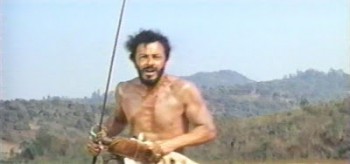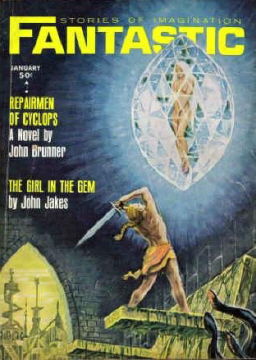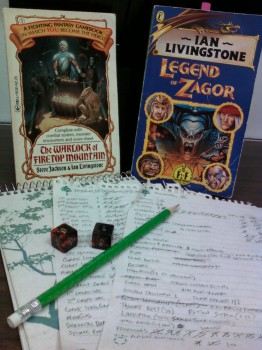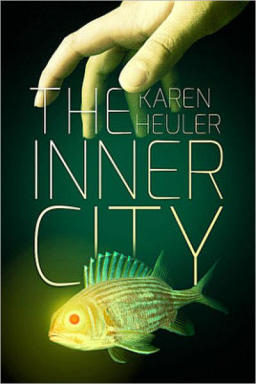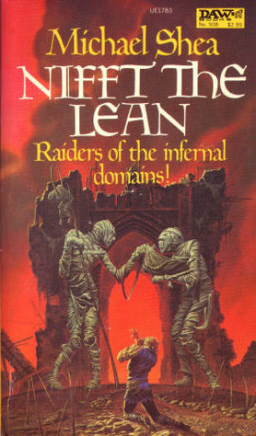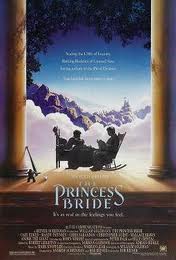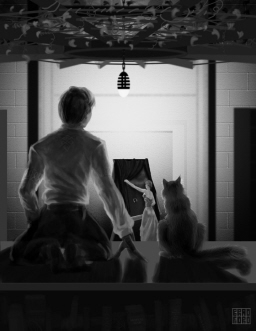Releasing This Week: Warhammer 40K: Relic From Fantasy Flight Games
Game Designers Workshop and Fantasy Flight — the folks behind the superb Rogue Trader and Dark Heresy role playing games — have teamed up once again to release Relic, an intriguing new board game set in the Warhammer 40,000 universe.
Based on the streamlined (and well-honed) mechanics of the Talisman fantasy games, Relic allows two to four players to assume the role of powerful Imperial heroes, and bravely venture forth to protect the Antian Sector. By completing card-based missions and defeating dangerous enemies of the Imperium — including Nurgling Swarms, Fallen Inquisitors, Ork Vulcha squads, and even a Tyranid Hive-ship — characters compete to gain rewards and experience, increasing their chances to advance and ultimately be the first to defeat the evil that lies beyond the Warp rift. See all the details in the compact video run-through below.
Relic was published today, Mar 18, 2013, by Fantasy Flight, under license from Games Workshop. The game contains a game board, 10 plastic character pieces and character sheets, mysterious attribute and life dials, more than 300 cards, tokens, 4 six-sided dice, and a handsome rulebook. It retails for $59.95.
